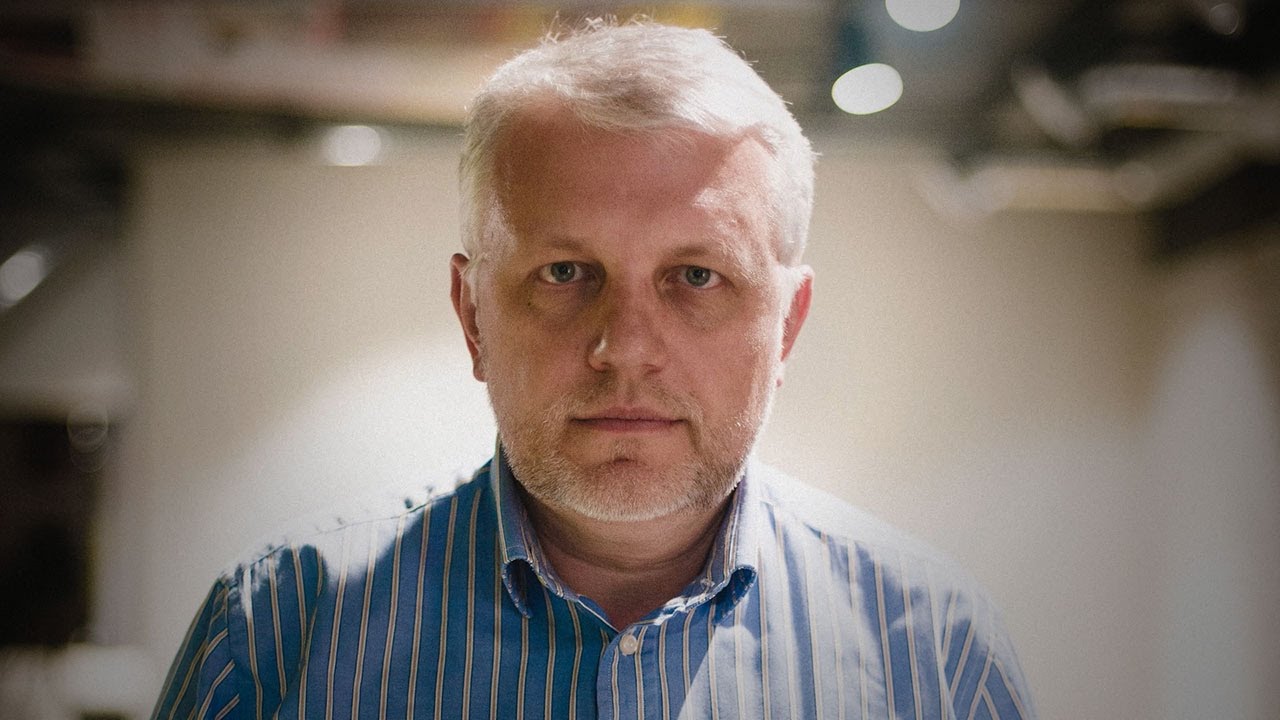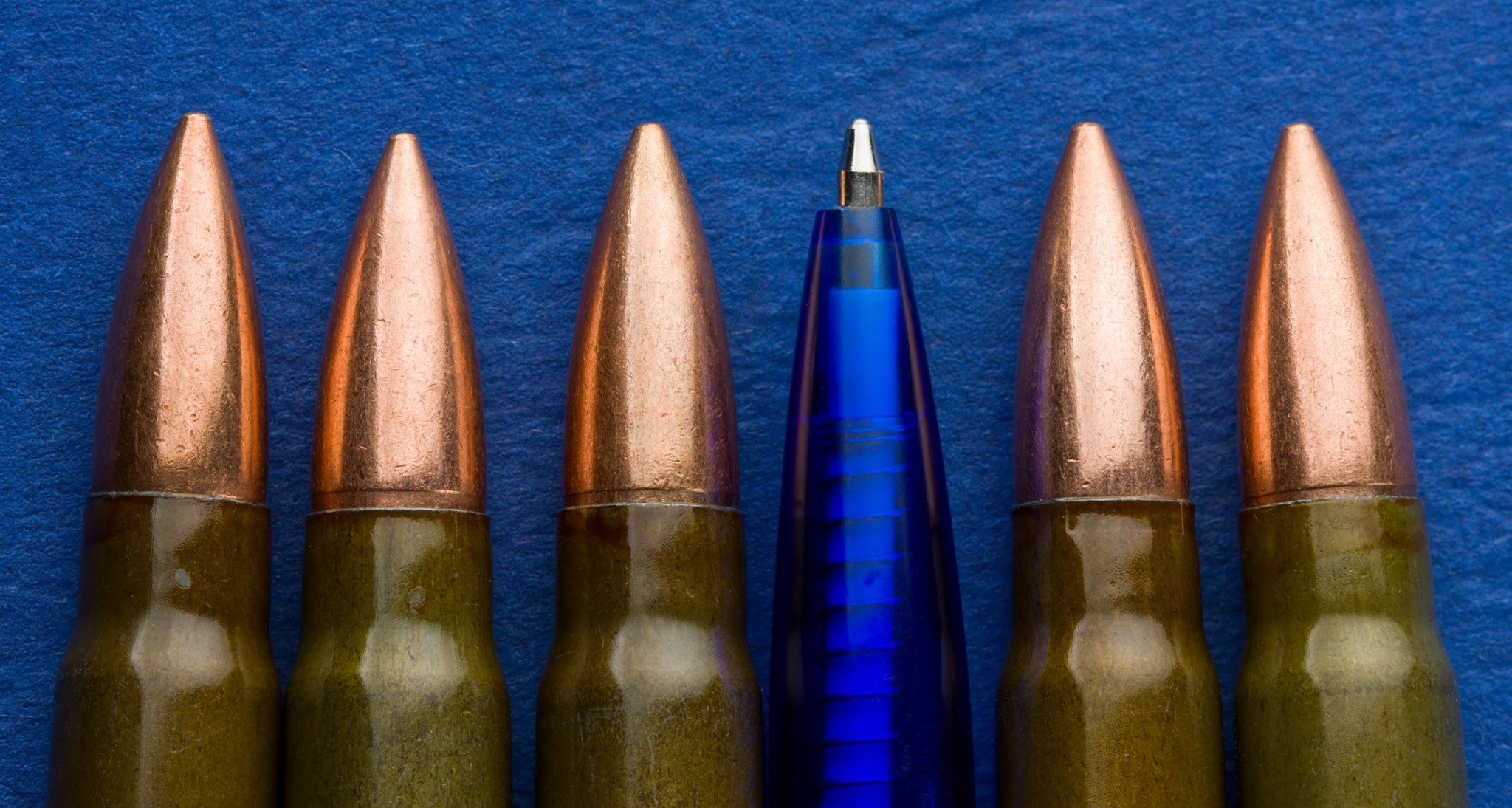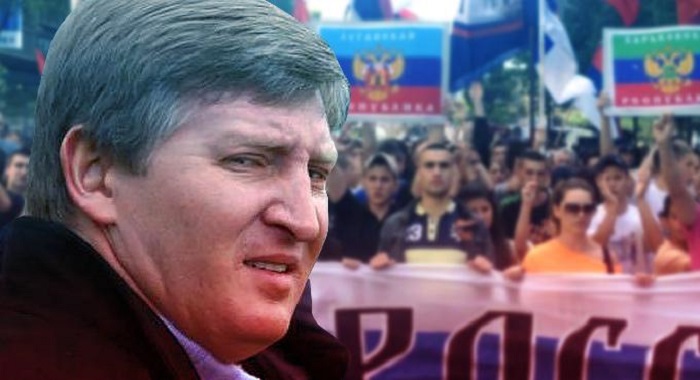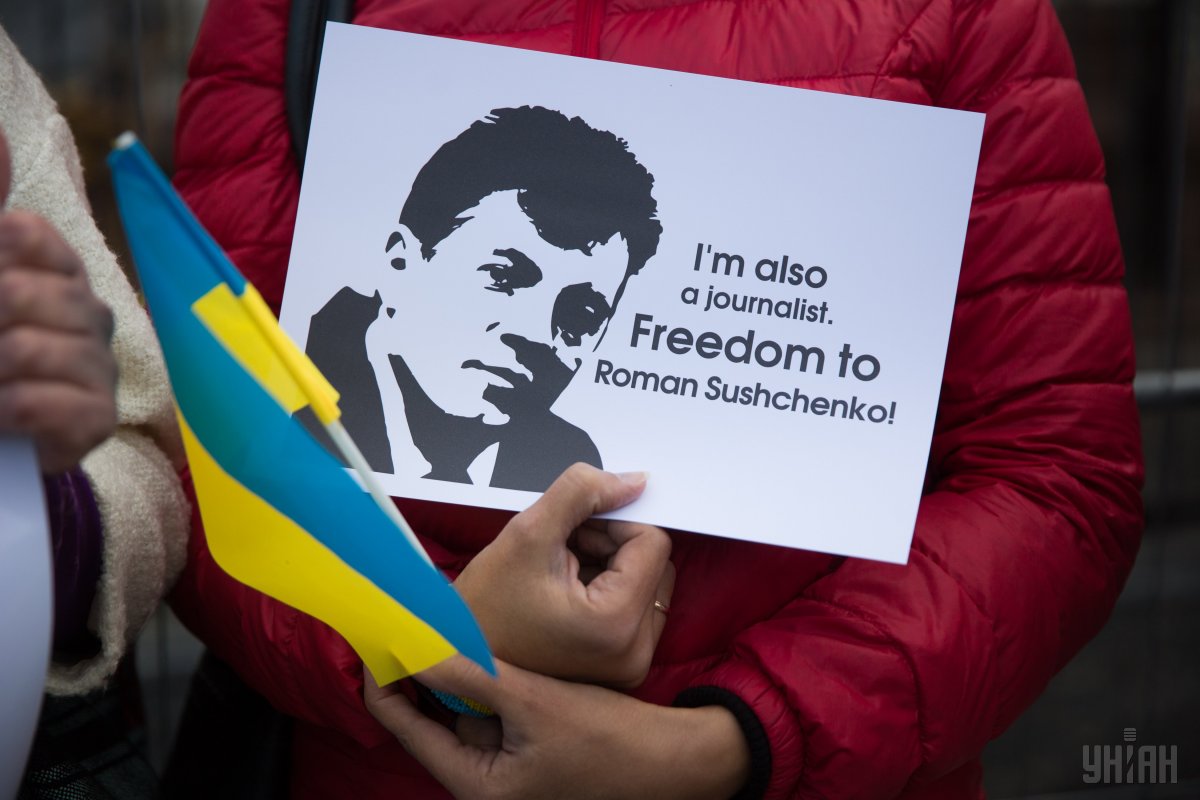When Ukrainian-Belarusian journalist Pavel Sheremet was murdered in Kyiv on 20 July 2016, President Petro Poroshenko said that it was a matter of honor for law enforcers to find the culprit, as did Khatia Dekanoidze, the Georgian reformer tasked with overhauling Ukraine's police force.
However, 10 months later, not only were the killers not identified by the official investigation, even the versions behind the murder were not narrowed down from the initial 5 versions. Investigative journalists Anna Babinets, Dmytro Hnap, Vlad Lavrov, and Olena Loginova predicted this, so they started their own investigation about the reasons for the murder on the day of the tragedy. On 10 May 2017, they released their results in Killing Pavel, a 50-minute documentary created in cooperation with the OCCRP. What they found not only exposed the failures of the official investigation but raised suspicions on the involvement of Ukraine's security service (SBU) in the resonant killing.
The journalists had good reasons for being skeptical - after all, the last resonant murder of a journalist in Ukraine seventeen years ago did not lead to the punishment of the top official ordering it. Georgiy Gongadze, the founder of Ukrainska Pravda, where Sheremet also worked, is thought to have been killed in 2010 on the order of Leonid Kuchma, Ukraine's second president, who was the target of critical articles on Ukrainska Pravda. While the killer is in prison, Kuchma is still in politics and a participant of the Minsk peace talks.
What the journalists found
The journalists analyzed footage from surveillance cameras around the scene of the murder and found footage that the official investigation didn't. Particularly, they found color footage that allowed identifying a distinct picture on the sweatshirt of one of the two suspects who are thought during the night to have planted the bomb under the car which Sheremet started driving to work, only to have it explode minutes later. A man wearing the same sweatshirt appears to be present at the scene of the crime. Additionally, the journalists located 6 witnesses who were not interviewed by the SBU.
One of them is a key witness. In the night, two cars drove up to the scene of the future crime. One of the occupants of one of them, a gray Skoda, sat in it during the time when the bomb is thought to have been planted under the car. With the help of a forensic specialist from the Bellingcat investigative site, the number on the license plate of the car was established. The journalists found that the car's registrant and owner were two different people, and traced the identity of the man present at the scene of the crime to Ihor Ustymenko, whom the journalists' connections in the SBU identified as an SBU employee. Ustymenko told them that he was there to provide private services, hinting at detective work, but his testimony was confusing, he offered no alibi, and did not reveal the identity of the other man with whom he came to the spot.
This journalistic work, which allowed identifying a new lead that the official investigation had overlooked either by intention or negligence, is even more impressive considering that the journalists were denied access to footage from cameras situated on government buildings, including one on the building of the National Bank pointing directly at Pavel's car. Additionally, according to Dmytro Hnap, the SBU erased the data from the hard drive of one of the cameras located at a shop near Sheremet's house before giving it back to the owners.
What the official investigation found
The murder was classified by the prosecutor's office in Kyiv under the article "murder, committed in a manner dangerous to the lives of many people." The next day, the FBI started assisting the Ukrainian authorities in investigating the murder. On 4 August 2016, the Prosecutor General's office stated there were four possible motives behind the murder: hostile personal relations; the possible destabilization of the situation in Kyiv by killing a famous journalist; it could have been a mistake, as the car belonged to Olena Prytula, the co-founder of Ukrainska Pravda; and, finally, that it was Sheremet's professional journalism activities in Belarus, Russia, and Ukraine that got him killed. Ukraine's Minister of Interior Arsen Avakov hinted of a "Russian trace" leading to the murder. Six months later, these same versions were voiced over at a briefing dedicated to the progress of the official investigation. If progress was made, it was hard to notice.
Fingers pointed at the SBU
The presence of an ex-SBU operative at the scene of the crime which was not interviewed by the official investigation, his confusing story, and reluctance to speak with the journalists during follow-up calls led many to assume that the SBU was behind the resonant killing.
At the same time, proving this was not among the journalists' goals. "We don't rate the degree of probability, we say that this probability exists. [...] We emphasize that we don't accuse anybody, don't say for sure, but say that such a probability exists, because there are facts and circumstances indicating this,"
Hnap told dw.com, emphasizing that their primary goal was to shake up and reinvigorate the investigation.
That is a goal which they definitely achieved: as of today, the Head of the National Police said that the journalists' investigation will be appended to the official criminal case, the journalists were interviewed by the police and have agreed on a cooperation to advance the uncovering of the crime. Ustymenko was also interviewed by the police, however, no details were available at the time of publication.
Meanwhile, the SBU denied connections to Ustymenko: the agency announced that Ustymenko no longer works in the SBU after being dismissed on 29 April 2014 "due to the state of his health," its Head Valeriy Hrytsak said he "answers with his head" that Ustymenko now has no relation to the SBU, and that he was not carrying out any SBU tasks near Sheremet's building.
If Ustymenko does prove a connection of the SBU to the murder of Sheremet, why did he leave his car in the surveillance zone of the cameras, to which he could not have been oblivious, as a (former) security service employee? Why did he agree to talk to the journalists and have his face be filmed by them? These are questions asked by Head of the NGO Detektor Media Nataliya Lygachova.
Another question worth asking when considering the "SBU did it" version is what the possible motives could be. Sheremet was a famous journalist, but he was not involved in any hard-hitting investigations on Ukrainian officials. Political scientist Volodymyr Fesenko considers the murder of Sheremet and Gongadze to be very different: versions and suspicions arose immediately in the case of Gongadze, some of which proved true and allowed finding at least the implementors, while it is still unclear who benefited from Sheremet's murder.
Another political scientist, Serhiy Taran, noted that while "former SBU employees" do not exist and it's clear that Ustymenko was observing Sheremet's building that night, the resonant murder of a journalist doesn't benefit any political powers in Ukraine, as it destroys the country's international image, which is why he thinks that powers outside Ukraine were interested in the murder. However, he doubts whether we will ever find out what ex-SBU operative Ustymenko was doing exactly on that night near Sheremet's house at the time when the bomb was planted under the car in which Pavel Sheremet died some hours later.
Goal achieved
"Politicians and law enforcers started talking about the murder of our colleague once again. So it's obvious that our work wasn't in vain,"
Hnap told of the journalistic team's satisfaction with their results and informed that they will continue further investigations. Hnap considers the official investigation to be done very poorly: "Proof lying at the surface was not being taken into account at all. On the eighth month of the investigation, I was called in as a witness, since I dealt with Pavel in my work. This meant that the official investigation had gone through all the involved people and started knocking on all possible doors to find at least something. This proves that they are not tracking down the real criminals who implemented and ordered the murder but try to make proof appear from thin air. Even though some evidence is lying under their noses."
Criticism
The actions of the authors of "Killing Pavel" drew criticism from some other journalists. For instance, Nataliya Lygachova stressed that the investigative journalists for months knew about the existence of the key witness or even an accomplice in the murder and kept their silence while mounting a film about the poor work of the police and unproven involvement of Ukraine's chief law enforcement structure - the SBU. Would it not have been more reasonable to submit the new evidence to the police so they would have a new lead they could pursue?
To this, Hnap answered that they suspected that somebody from the law enforcement was behind the murder, citing allegations of Ukrainska Pravda journalists that they were being followed, presumably by the police, and didn't want the journalistic research to be obstructed. Nevertheless, now the police investigation is moving forward, thanks to the findings of the four journalists. Hopefully, it is not too late to find who killed Pavel.
[hr]
Read also:
- Journalist’s murder designed to destabilize Ukraine — officials
- The murders of two journalists are surprisingly similar — Portnikov
- What the murdered Ukrainian-Belarusian journalist Sheremet stood for





